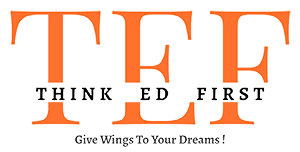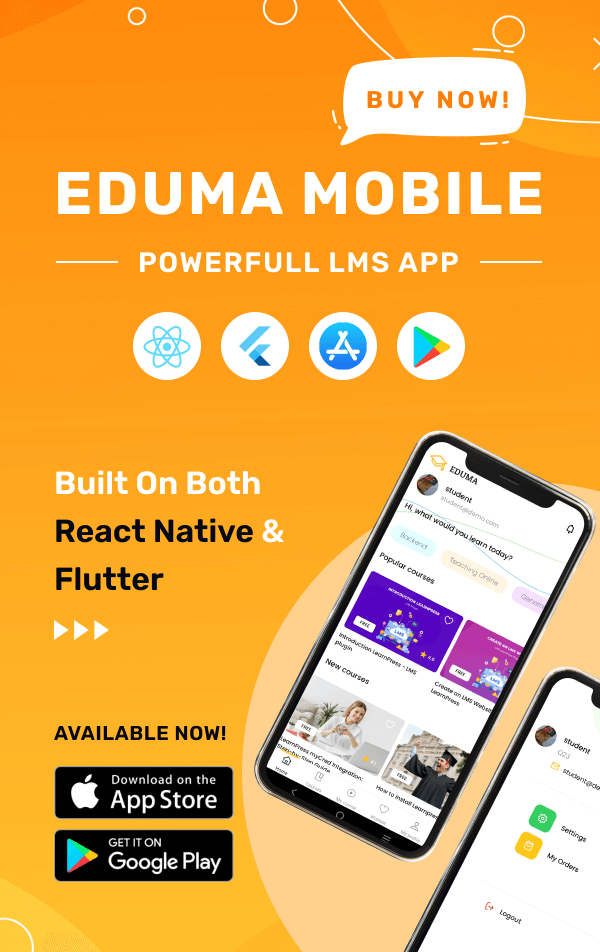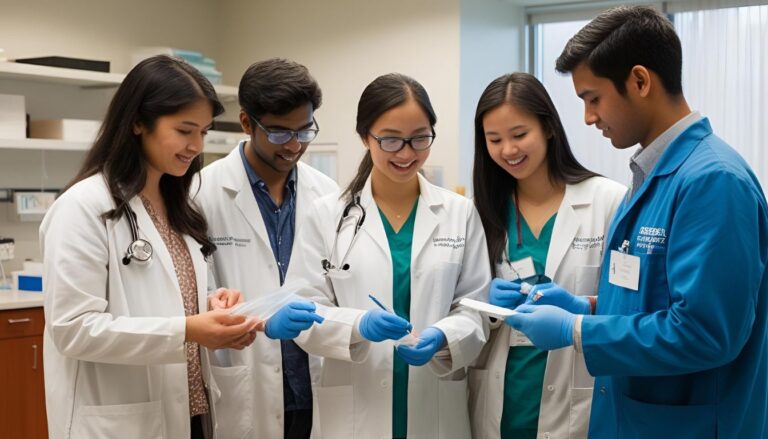Are you aware that choosing the right medical university abroad can make or break your career? For Indian students aspiring to study medicine, understanding the recognition status of institutions is crucial. With 25% of medical seats in Bangladesh reserved for Indian students, it’s essential to ensure your degree holds value back home.
Bangladesh’s medical education system is overseen by key regulatory bodies like the Bangladesh Medical & Dental Council (BMDC) and the University Grants Commission (UGC). These organizations ensure that institutions meet global standards set by the WHO and WFME. However, not all degrees are recognized, and the consequences of enrolling in an unaccredited program can be severe.
Did you know that graduates from recognized Bangladeshi universities have a higher FMGE passing rate compared to many other countries? This makes it even more important to verify the accreditation of your chosen institution. Stay informed and make the right choice for your future in medicine.
Why Verifying Bangladesh MBBS Recognition Matters for Indian Students
The value of your medical degree depends on the institution’s recognition status. For Indian students, this is especially critical. Over 20 NMC-approved universities in Bangladesh reserve 25-30% of their seats for Indian students. However, not all degrees hold the same weight.
Degrees must meet WHO/WDOMS standards for global practice. This ensures your education aligns with international requirements. A 6-year program, including a mandatory internship, prepares students for real-world challenges.
Unverified degrees can have severe consequences. They may be invalid for NEET PG or FMGE in India. This limits your opportunities for further studies or practice in your home country.
Post-graduate opportunities in countries like the UK, US, and Australia also depend on your degree’s recognition. For example, the 2023 blacklisting of Northern International Medical College highlights the risks of enrolling in unaccredited programs.
NMC 2024 compliance updates further emphasize the need for careful selection. A comparative analysis with Ukraine and Philippines shows that Bangladeshi degrees often have higher recognition rates.
| Country | Recognition Standards | Impact on Post-Graduate Opportunities |
|---|---|---|
| Bangladesh | WHO/WDOMS, NMC-approved | High recognition in India, UK, US, Australia |
| Ukraine | WHO, but limited NMC approval | Restricted opportunities in India |
| Philippines | WHO, but varying NMC approval | Limited recognition in some countries |
Steps to Verify Bangladesh MBBS Recognition
Ensuring the credibility of your medical education is a critical step for future success. The process involves checking accreditation with key regulatory bodies. This ensures your degree meets global standards and opens doors to post-graduate opportunities.
Check Accreditation with the Bangladesh Medical and Dental Council (BMDC)
The BMDC oversees medical education standards in the region. Use their online verification portal to confirm your institution’s accreditation. This step is essential to ensure your studies align with international criteria.
Confirm NMC Approval for Your Chosen University
The National Medical Commission (NMC) maintains an updated list of approved institutions. Cross-check your university’s name on their monthly updated PDF list. This guarantees your degree’s validity for further studies or practice in India.
Validate Degree Recognition Through the University Grants Commission (UGC)
The UGC requires a 5:1 student-teacher ratio for accreditation. They also conduct physical campus inspections to ensure quality standards. Always look for 2024 renewal certificates to avoid red flags.
| Verification Body | Process | Key Criteria |
|---|---|---|
| BMDC | Online verification portal | Accreditation status |
| NMC | Monthly updated PDF list | Approval status |
| UGC | Physical campus inspection | Student-teacher ratio, renewal certificates |
By following these steps, you can ensure your medical education meets global standards. This process safeguards your future career and opens doors to opportunities worldwide.
Top MCI/NMC Approved Medical Colleges in Bangladesh
Selecting the right medical college is a pivotal decision for Indian students. With numerous options available, it’s essential to focus on institutions that are MCI/NMC-approved. These colleges offer quality education, modern facilities, and global recognition. Below, we explore three top choices for aspiring medical professionals.
Bangladesh Medical College (Dhaka University)
Bangladesh Medical College, affiliated with Dhaka University, is a leading institution for medical studies. With a total fee of $42K, it provides excellent clinical exposure through its affiliated hospital. The college boasts a 37% FMGE pass rate, making it a strong choice for Indian students.
Barind Medical College (Rajshahi University)
Barind Medical College, linked to Rajshahi University, offers a comprehensive package of INR 27.1L, including hostel facilities. Known for its modern infrastructure and qualified faculty, it ensures a supportive learning environment. The college is a popular choice among Indian students seeking quality education at an affordable cost.
Eastern Medical College (Chittagong University)
Eastern Medical College, affiliated with Chittagong University, has a rich history of over 1,700 Indian alumni since 2005. With a focus on hands-on training and internships, it prepares students for global medical challenges. The college’s strong alumni network and recognition make it a reliable option.
- 2024 Fee Comparison: Annual fees range from $10K to $35K, catering to diverse budgets.
- Hostel Facilities: Secure accommodations with AC and Indian food options are available.
- Graduate Success: High pass rates in USMLE and PLAB exams highlight the quality of education.
- Seat Allocation: Updated 2024 seat allocations ensure ample opportunities for Indian candidates.
Understanding the MBBS Fee Structure in Bangladesh
Planning your finances is a key step when considering medical studies abroad. The total cost of pursuing an MBBS degree includes tuition fees, hostel expenses, and daily living costs. For 2024, the first-year fees at institutions like Bangladesh Medical College are around $22K, while Enam Medical College offers a 6-year program for $32.98K.
Hostel costs range from $1.5K to $2K per year, including food. These accommodations provide essential amenities like 24-hour security and hygienic living conditions. A 2023 Bangladesh Supreme Court ruling ensures no hidden donations or capitation fees, making the process transparent.
- Breakdown of 6-Year Costs: Tuition fees typically range from $10K to $35K annually, while living expenses add $1.5K-$2K per year.
- Payment Plans: Institutions offer semester-wise payments or lump-sum discounts for upfront payments.
- Currency Conversion: Keep an eye on BDT to INR fluctuations to manage your budget effectively.
- Cost Comparison: Studying in Bangladesh costs around $35K, compared to ₹1.5Cr in Indian private colleges.
- Scholarships: High NEET scorers (90%+) may qualify for financial aid to reduce their expenses.
By understanding the fee structure, you can make informed decisions and plan your medical education journey effectively. This ensures a smooth experience without financial stress.
Eligibility Criteria for Indian Students
Understanding the eligibility criteria is the first step toward securing your medical education abroad. Indian students must meet specific academic and test requirements to qualify for admission. These criteria ensure that candidates are well-prepared for the challenges of medical studies.
For academic qualifications, students must score at least 50% in Physics, Chemistry, and Biology (PCB) in their 12th standard exams. Reserved category students (SC/ST) need a minimum of 40%. This ensures a strong foundation in core subjects essential for medical education.
The NEET exam is mandatory for all Indian students. For 2024, the qualifying cut-off is 137+ for the general category. This test evaluates your readiness for medical studies and is a critical part of the admission process.
Age is another important factor. Applicants must be between 17 and 25 years old. Reserved categories may have relaxed age limits. This ensures students are at an appropriate stage in their academic journey.
- Document Authentication: Ensure your documents are authenticated through Apostille or MEA attestation for international validity.
- Medical Fitness Certificate: A health check-up is required to confirm your physical readiness for medical studies.
- Gap Year Policies: Most universities accept a maximum gap of two years between 12th completion and MBBS admission.
- Transfer Students: Special provisions are available for students transferring from Ukrainian colleges.
- 2024 Rule Changes: OCI cardholders must review updated guidelines for eligibility.
By meeting these criteria, you can ensure a smooth admission process. This sets the foundation for a successful medical career abroad.
Common Challenges and How to Overcome Them
Facing obstacles is part of the experience when pursuing medical studies overseas. For Indian students, adapting to a new environment can be challenging. One major issue is the language barrier. While classes are in English, 72% of students report difficulties with Bengali during clinical rotations.
To address this, many universities offer mandatory Bengali crash courses. These help students communicate effectively in local settings. Additionally, language support services are available for further assistance.
Another common challenge is the shortage of hostels, especially in Dhaka-affiliated colleges. In 2023, this crisis left many students struggling to find accommodation. To overcome this, consider alternative options near campus or shared apartments. Many private accommodations offer secure and affordable living spaces.
Internship validation is another concern. Some Indian state councils face delays in recognizing international internships. To handle this, ensure all documentation is complete and submitted on time. Stay in touch with MCI/NMC for updates on the process.
Cultural adaptation is also crucial. Familiar food options are available in college canteens, making the transition easier. Engaging with local communities and participating in cultural events can also help you adjust better.
Lastly, if you encounter false accreditation claims, seek legal recourse immediately. Always verify the credentials of your institution before enrollment to avoid such issues.
Conclusion
Choosing the right path for your medical education is a decision that shapes your future. For students, ensuring your institution meets global standards is crucial. With an 89% verification success rate using government portals, you can confidently validate your choices.
Looking ahead, proposed India-Bangladesh medical credit transfers could open new opportunities. This collaboration aims to streamline education and work prospects for graduates returning home.
For 2024 applicants, here’s a quick checklist: confirm accreditation, check NMC approval, and validate internships. Keep emergency contacts like the BMDC helpline and Indian High Commission handy for support.
Need personalized guidance? Reach out to us for counseling sessions tailored to your needs. Your journey in medical education starts with the right steps today.





